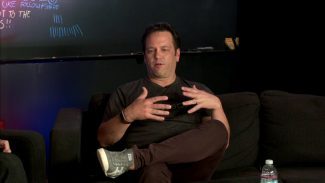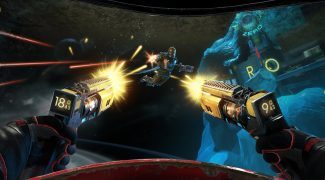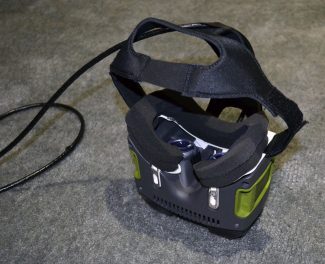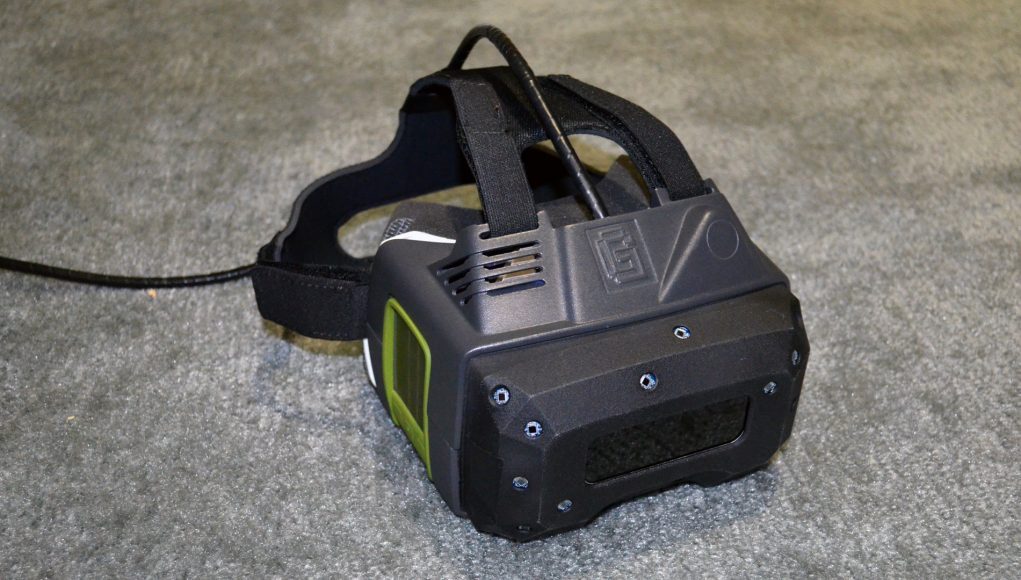As E3 2017 draws to a close, here’s our final roundup of news. Phil Spencer gives an enlightening interview with Giant Bomb, we go hands-on with Ubisoft’s new VR shooter Space Junkies, and try out the latest standalone VR headset from GameFace Labs.
Phil Spencer, Head of Xbox, gives his thoughts on VR:
 Following the reveal of Microsoft’s Xbox One X console, which contained no reference to VR support, we’ve been looking for clarification on the company’s current stance, which has clearly changed since the Project Scorpio announcement at last year’s E3. Phil Spencer sat down with Giant Bomb’s Jeff Gerstmann, speaking candidly about Microsoft’s VR stance, confirming that their focus is on Windows, indicating that VR was unlikely to feature on the Xbox One X in the short term. However, as he acknowledged the powerful new hardware is more than capable of VR, this stance is one that could easily change in the future.
Following the reveal of Microsoft’s Xbox One X console, which contained no reference to VR support, we’ve been looking for clarification on the company’s current stance, which has clearly changed since the Project Scorpio announcement at last year’s E3. Phil Spencer sat down with Giant Bomb’s Jeff Gerstmann, speaking candidly about Microsoft’s VR stance, confirming that their focus is on Windows, indicating that VR was unlikely to feature on the Xbox One X in the short term. However, as he acknowledged the powerful new hardware is more than capable of VR, this stance is one that could easily change in the future.
Hands-on with Ubisoft’s VR shooter Space Junkies:

Although it missed Ubisoft’s main E3 presentation, the company announced a new multiplayer VR shooter this week, due for release in early 2018 for HTC Vive and Oculus Touch. We experienced a multiplayer demo using Oculus Touch, and came away impressed by the level of polish and the unique, futuristic weapons on show. This is Ubisoft’s first VR shooter, and is the result of over 3 years of development work.
GameFace shows SteamVR tracking on Android-based headset:

We tried the latest prototype standalone VR headset from GameFace Labs on show at E3, known as the EP1. The self-contained unit runs the latest version of Android and is fitted with custom SteamVR (AKA Lighthouse) hardware for positional tracking. The prototype, which performs SteamVR tracking calculations on the headset itself, is far from usable due to the lack of optimisations and the limited internal processor, and is simply a proof of concept. The aim is to also allow users to tether the headset to a PC in order to run high-end SteamVR games, and to upgrade the internals so that it operates smoothly as a standalone device, combined with support for Google’s Daydream platform. The development kit is due by the end of 2017.







